A hot dinner at the end of a cold day on the water is a welcome reward. It’s all the more appreciated at camp or aboard a boat without a heated cabin, but there’s often no time to savor the meal before it gets cold. If dining attire calls for a cap and jacket, your cookpot could probably use something to keep it warm, too: a cozy.It's easy to make a cozy to fit almost any camp-cooking pot. The insulation is provided by Reflectix, a double-reflective, double-bubble insulation made for use in construction to provide thermal insulation for everything from water heaters to walls. Its silvery metalized polyester outer layers reflect heat and the two layers of polyethylene bubbles provide dead air space for insulation. The bubbles can’t be popped like those in bubble wrap can. I can stand on Reflectix with all my weight on one heel and not pop a single bubble.The tape used to put a cozy together is aluminum film with an aggressive rubbery adhesive on one side, which is protected by a peel-off layer of treated paper.
Join The Conversation
We welcome your comments about this article. To include a photo with your remarks, click Choose File below the Comment box.


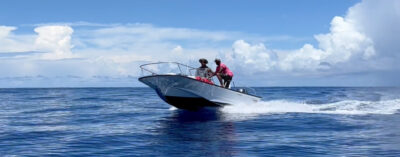
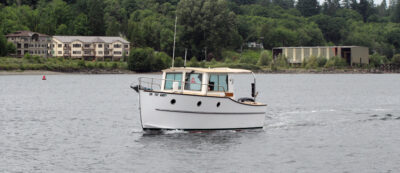
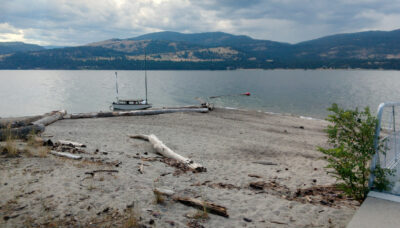
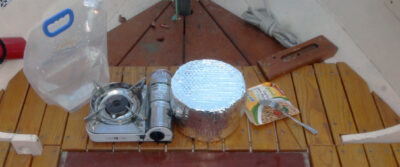
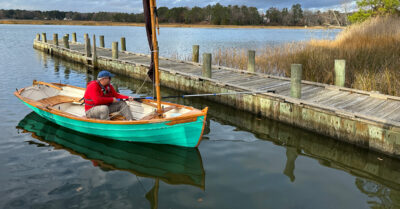
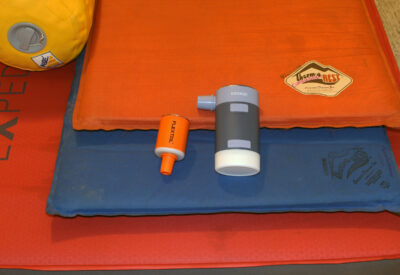

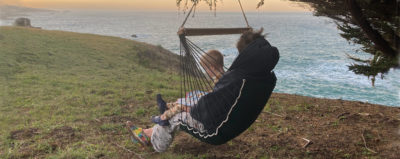
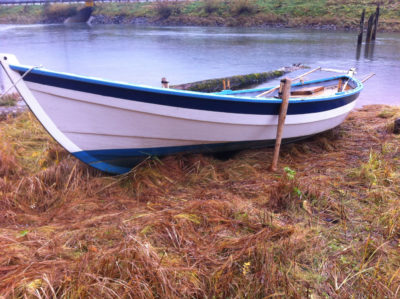
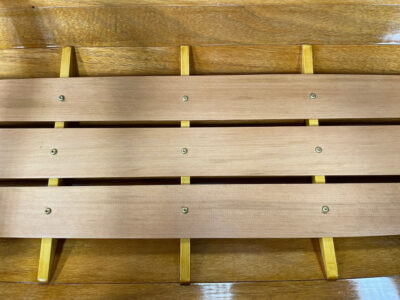
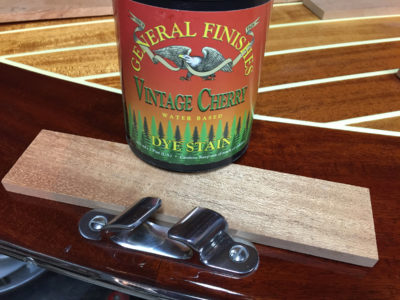
Nicely done!
I have used these cozies on my titanium, press-pot, coffee pot for years. I can leave coffee in the pot and the insulation lets it double as a short-term thermos. I always used Gorilla Tape for the seams, but from now on I’m switching to the aluminum tape. Great article!
Cozies like this or similar can, in addition to keeping already cooked food hot, be used to save stove fuel. I use them when cooking foods like porridge (my standard breakfast) or pasta. Typically, bringing the water and porridge or pasta to a boil plus a few minutes more, then shutting off the stove, putting the pot in the cozy and letting the retained heat do the rest, will be sufficient. It takes a little experimentation to find the right combination of boiling and sitting time.
I have found it saves about half the fuel, which is not insignificant on a long wilderness trip in the kayak or sail-and-oar boat.
A point worth considering is the lifespan of this material and what happens as it weathers, and breaks down. Like poly tarps and what not littering micro plastics. A suggestion would be fabric coverings for longevity and containment.